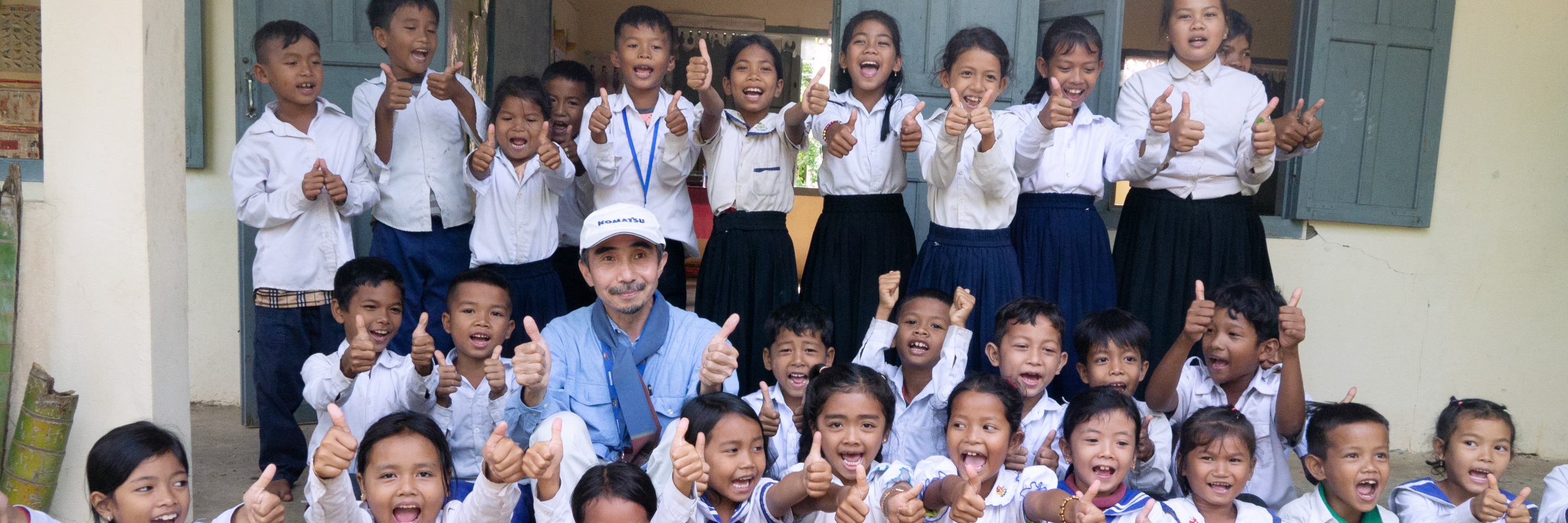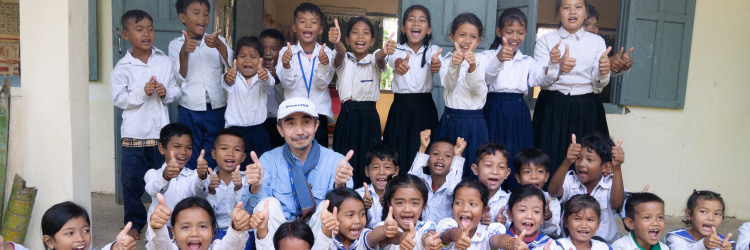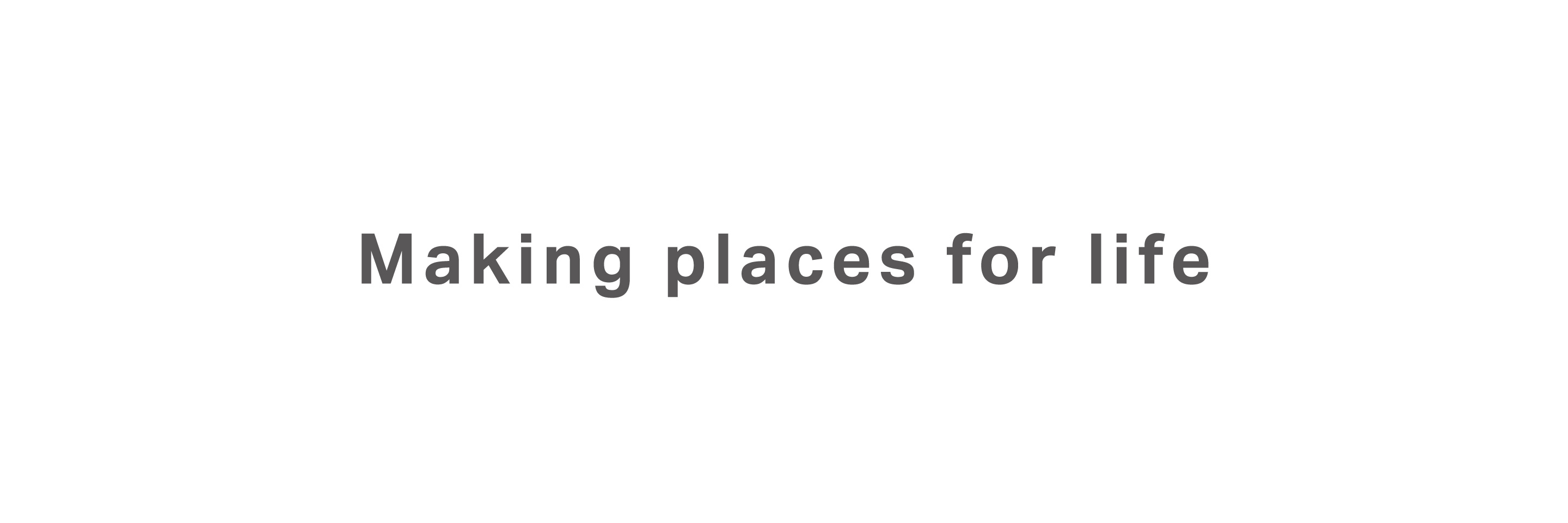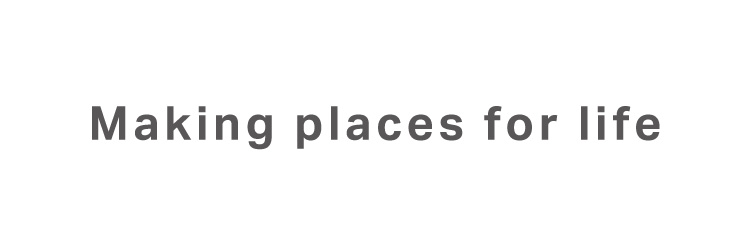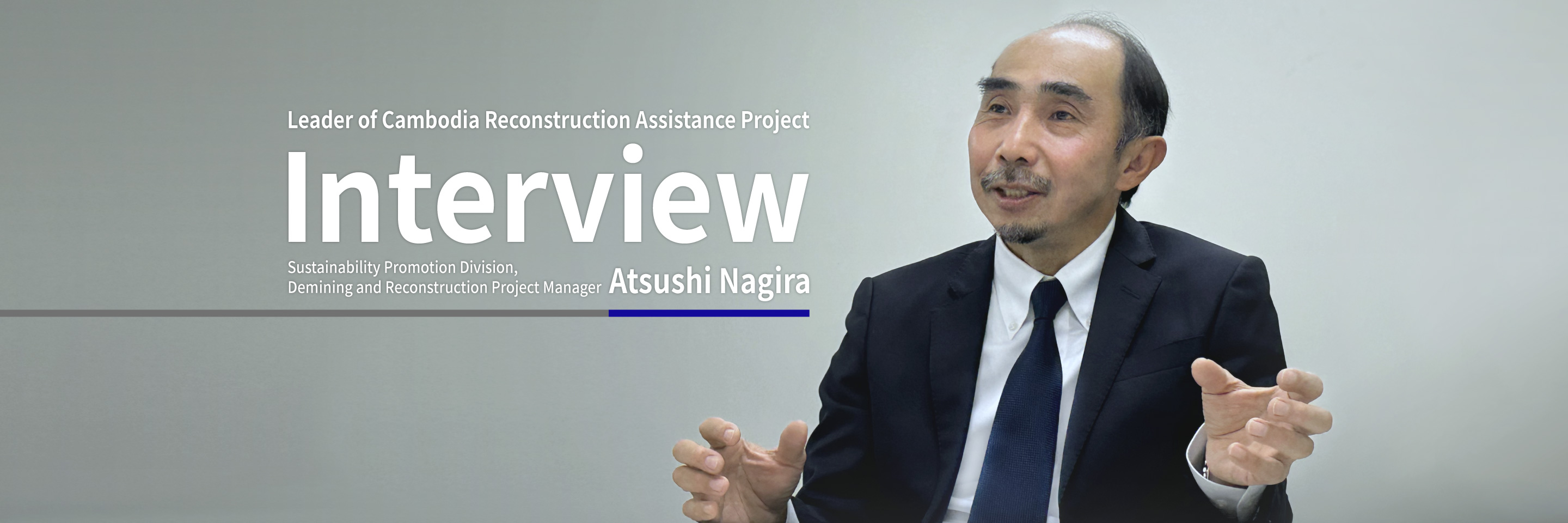
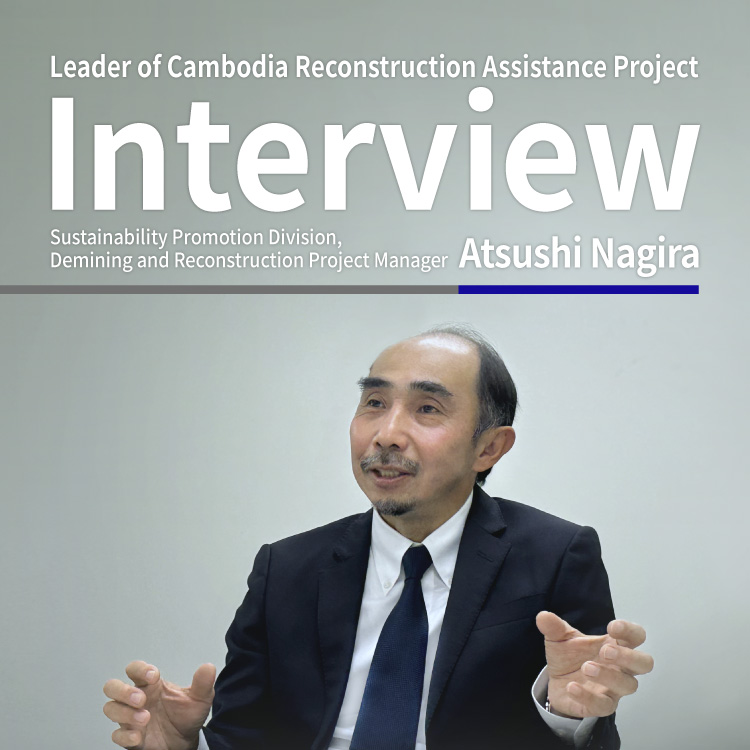
When I joined Komatsu in 1990, I was first assigned to the Construction Machinery R&D Department. One of the projects I worked on was the development of equipment to support landmine clearing. I was very interested in exploring how construction machinery can adapted to contribute more to the cause of peace. About 15 years ago, it was decided to set up a department dedicated to mine clearing equipment. The entire department was just my boss and myself. I felt that this was job I must do: putting construction machines to work for the betterment of society.
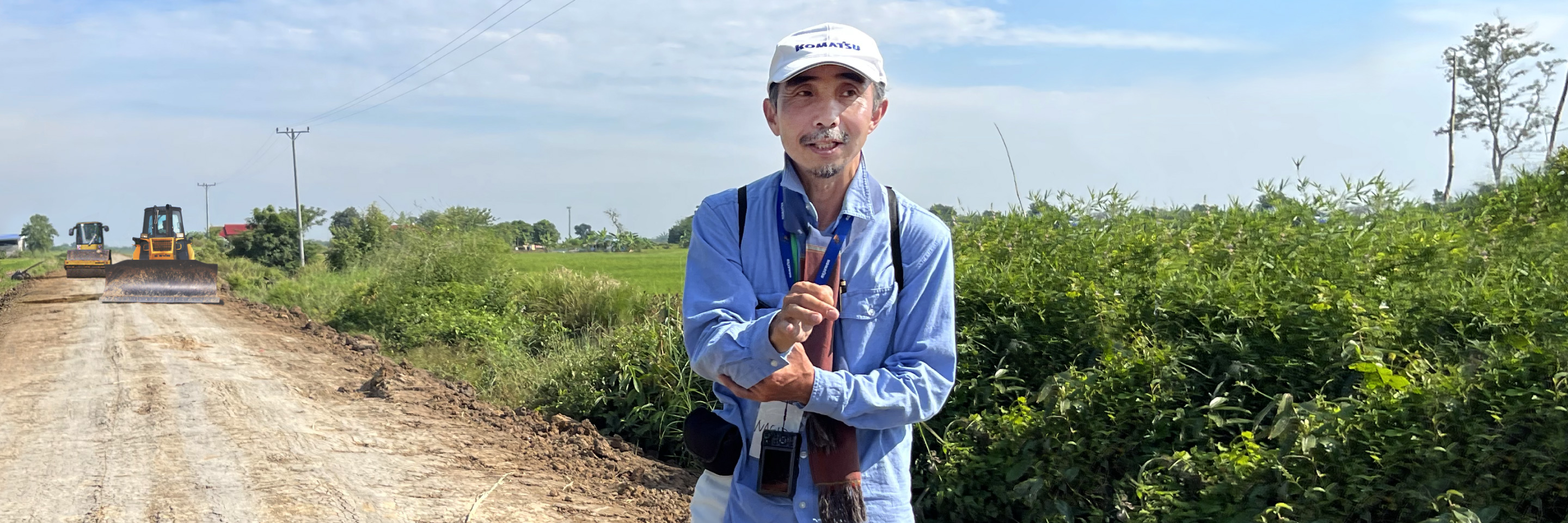
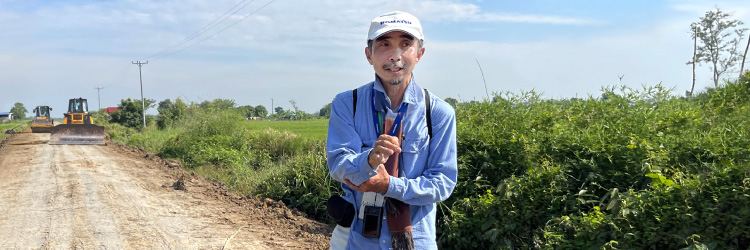
Our job was to train local staff how to use our anti-personnel landmine clearing machines and maintain them. At first, it was a struggle, but with patience and communication, we overcame every challenge. I could see them coming to the realization that this work would truly be their job and their own responsibility. It took 5 or maybe even 10 years, but I was happy with the results. I believe that the growth and development of people such as those we trained will lead to the country getting better and better.
“The impact and cooperation provided by JMAS (Japan Mine Action Support Association) was also huge. They not only shared their wealth of knowledge about landmine clearing, but also brought a lot of reconstruction experience to our collaboration. Also the cooperation of CMAC (Cambodia Mine Clearance Center) was indispensable. The history of our past journey together is a big support and source of encouragement today.
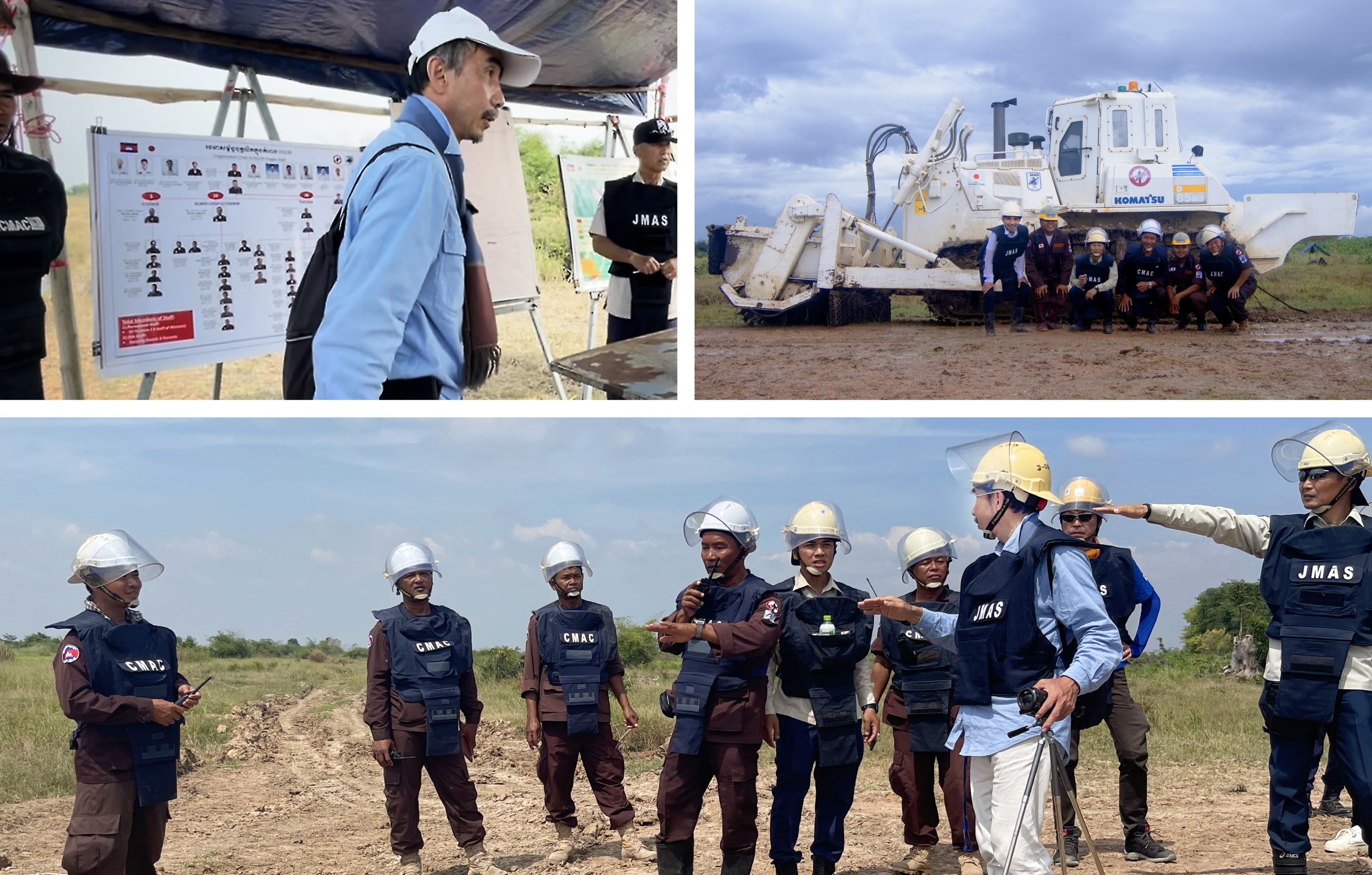
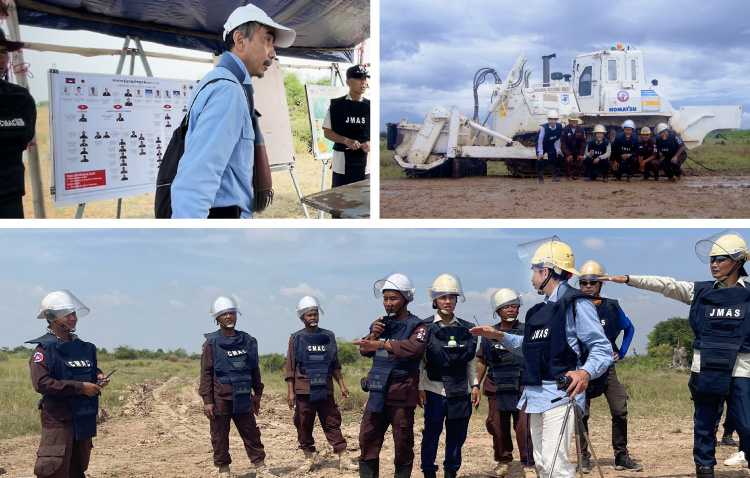
“Our job is to survey minefields, clear the land of mines, and then restore and rebuild roads, schools, and farmlands. I immersed myself in this job. The next time I looked up from my tasks, I was astonished to see students of the school we had built more than 10 years ago now studying at university. Their story starts in a place where minefields were once a part of everyday life. Now they are attending university. It’s amazing. When I talk to their parents, I can get a glimpse of how hard their lives have been. Just surviving the war took all they could do. Back then, they never dreamed of going to college. Now peace has finally come, and their children are studying hard. Though poor and having struggled for so long, these fathers and mothers are ready to do whatever it takes to get their kids to university. Of course, the children also see their parents and all they have done for them. That's why they are really studying hard while working to help at home.”
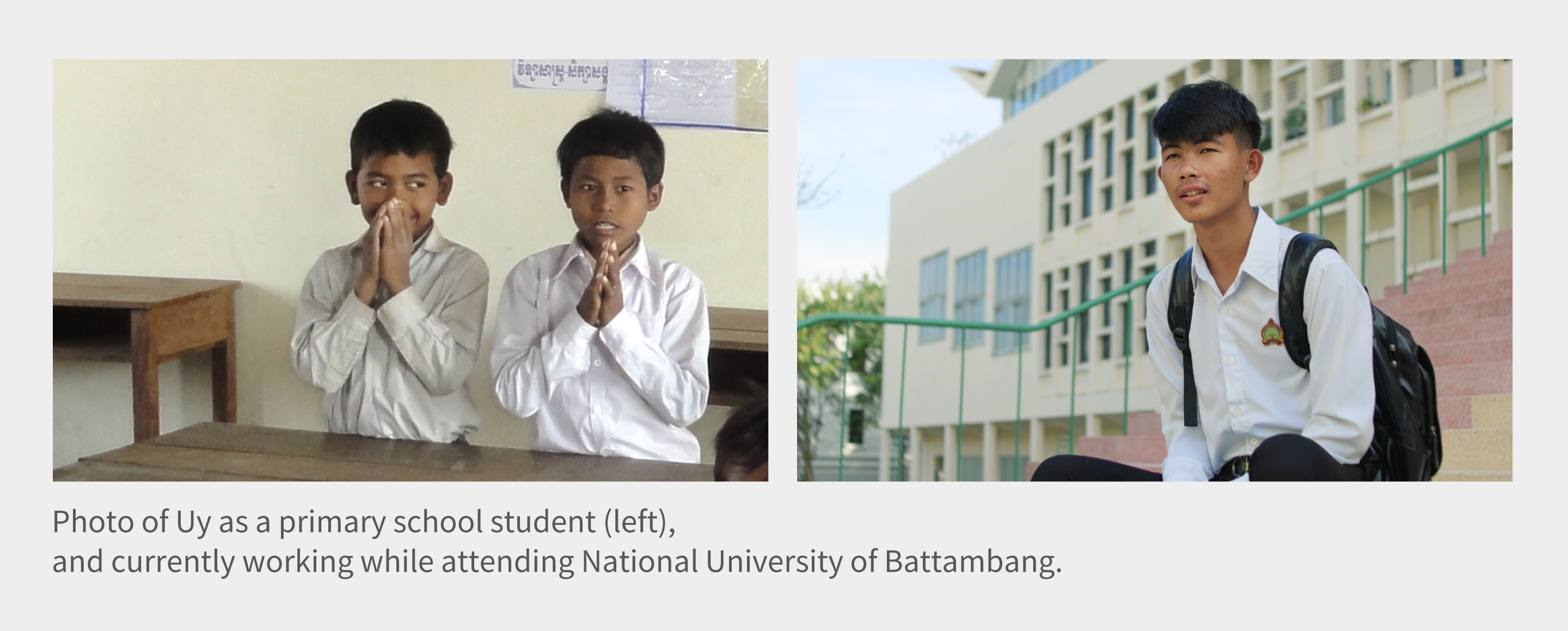
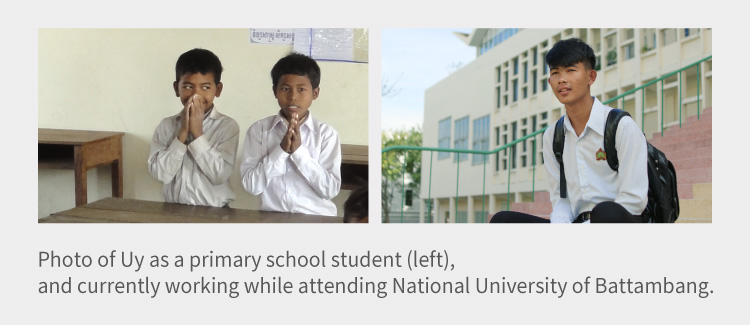
Long ago, one of my bosses told me that one year of work will get you only a year of value. A job that takes 10 years produces 10 years of value. As professionals, we must take responsibility for our work from starting the job, keeping at it and seeing it through to the finish line. If I decide to do a job, I’m going to do it right. So when junior employees comes into my office, I ask them, ‘Do you like this job?’ If you truly like doing something, you should aim to be great at it. People who like being in the field or on the frontlines of business are best suited for that work, right? When a job is really important like this Project, it inspires you to do your best. I believe that this is the essence of Komatsu.
